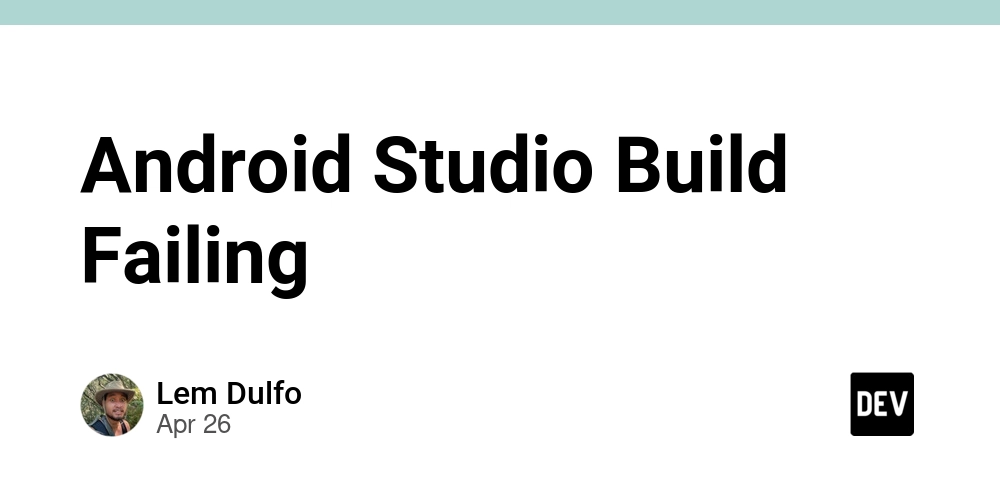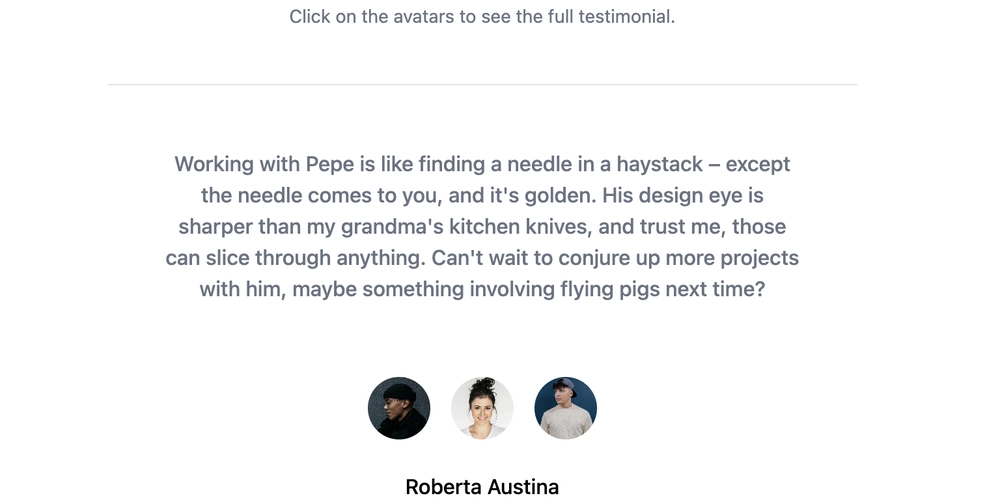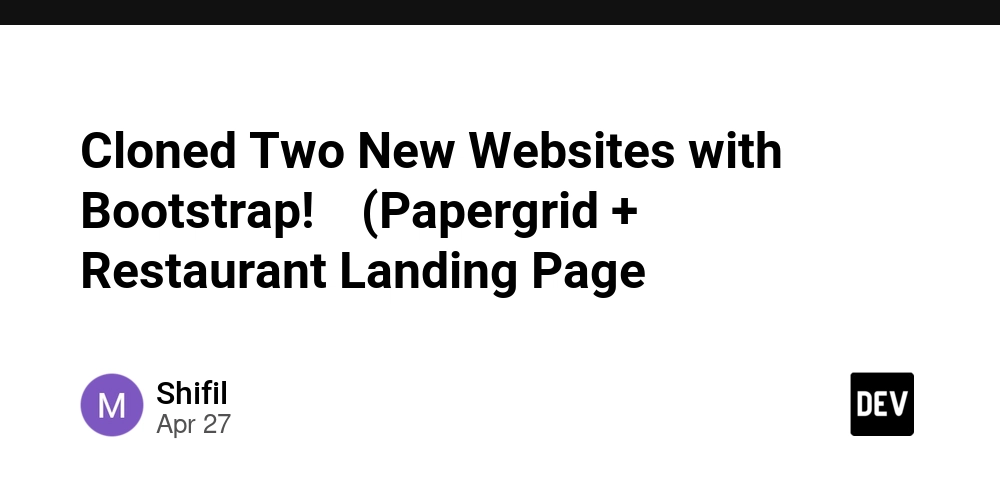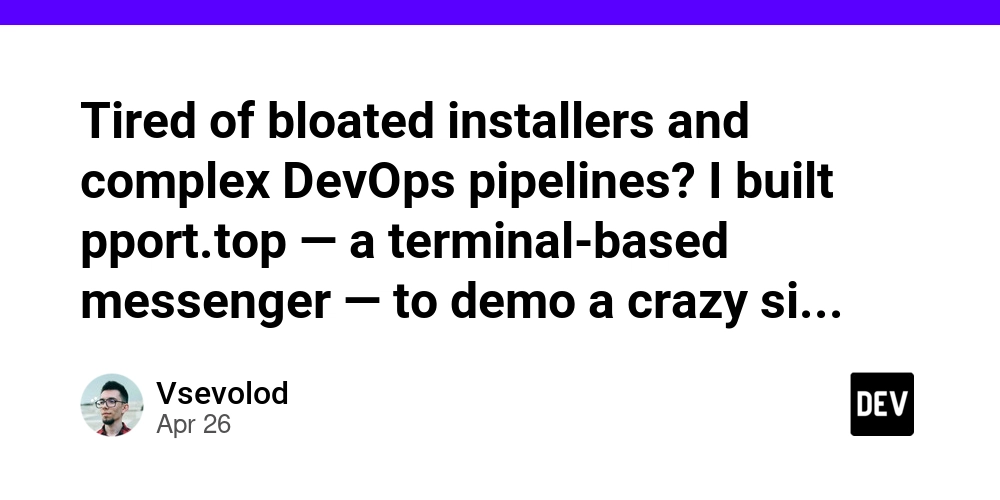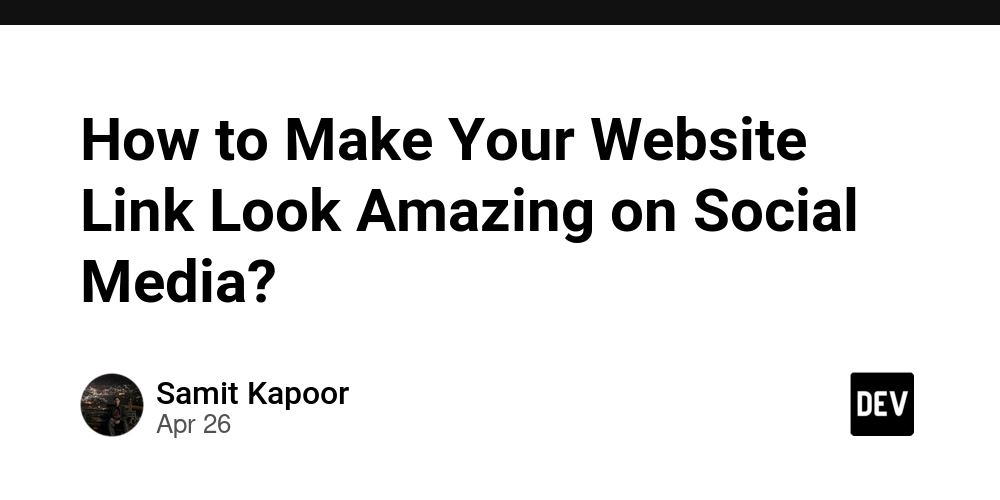
Build a Powerful AI Trend Analyzer: A Step-by-Step Guide Using Google ADK and Nebius AI Studio
Harness the power of AI to stay on top of the latest industry trends! This guide walks you through building a sophisticated AI trend analyzer using Google's Agent Development Kit (ADK) and Nebius AI Studio. Learn how to create a multi-agent system that gathers, summarizes, and analyzes information from various sources to provide actionable insights.
Why Use Google ADK and Nebius AI Studio?
Google's ADK offers a flexible and modular framework for building real-world AI agents. It's model-agnostic and plays well with third-party tools. Nebius AI Studio provides a powerful inference-as-a-service platform with cost-effective access to a wide range of open-source models, including Llama 3.1 and Nemotron Ultra 253B.
Tools for Your AI Agent Pipeline
To build your AI trend analyzer, you'll leverage these powerful tools and platforms:
- Nebius AI Studio: A platform for deploying and scaling AI applications with a suite of open-source models.
- Meta Llama 3.1: A series of large language models optimized for multilingual dialogue with tool calling capabilities.
- Nemotron Ultra 253B v1: An LLM fine-tuned for advanced reasoning, human chat preferences, and tool calling. Particularly suited for applications requiring complex reasoning, maths and tool integration.
- Tavily: A search engine designed for LLMs, providing real-time, accurate, and unbiased information.
- Firecrawl: Transforms entire websites into LLM-ready data formats.
- Exa: A neural search engine that utilizes advanced AI language processing to return relevant web content.
Understanding Agent-to-Agent (A2A) Protocol and ADK
The Agent-to-Agent (A2A) Protocol allows seamless communication and collaboration between AI agents. ADK simplifies the creation and deployment of AI agents and multi-agent systems.
Developing a Sequential Agent Workflow
This example uses a sequential agent workflow powered by Nebius-hosted LLMs to analyze AI trends. Each agent performs a specific task in a defined sequence, creating a modular and maintainable system. Here's the breakdown:
- ExaAgent: Fetches the latest AI news using Exa from sources like Twitter.
- TavilyAgent: Retrieves AI benchmarks and statistics from artificialanalysis.ai using Tavily.
- SummaryAgent: Combines and summarizes the findings from ExaAgent and TavilyAgent.
- FirecrawlAgent: Scrapes content from the Nebius AI Studio homepage using Firecrawl.
- AnalysisAgent: Analyzes all gathered information to identify trends and recommend relevant AI models.
Step-by-Step Implementation Guide: Building Your Multi-Agent App
Let's dive into the code! This guide focuses on the Google Colab setup for simpler and quicker implementation.
1. Install Necessary Packages:
2. Import Required Libraries:
3. Set Up API Keys:
Obtain API keys from Nebius AI Studio, Exa, Tavily, and Firecrawl, and set them as environment variables.
4. LLM Model Setup Using Nebius AI Studio with LiteLLM:
Configure LiteLLM to connect to the desired model on Nebius AI Studio.
5. Tool Definitions (Exa + Tavily + Firecrawl):
Define functions for each tool to interact with their respective APIs.
6. Agent Definitions:
Define each agent with its specific role, description, instructions, and associated tools.
Conclusion: Embrace the Future of AI with Multi-Agent Systems
Congratulations! You've successfully built a multi-agent system for AI trend analysis using Google ADK and Nebius AI Studio. This powerful combination enables you to efficiently gather, process, and analyze information, providing valuable insights into the ever-evolving world of artificial intelligence. By leveraging the flexibility of ADK and the robust capabilities of Nebius AI Studio's language models, you can create custom AI solutions tailored to your specific needs. Remember to experiment with different models, tools, and agent configurations to optimize your system for maximum performance.


